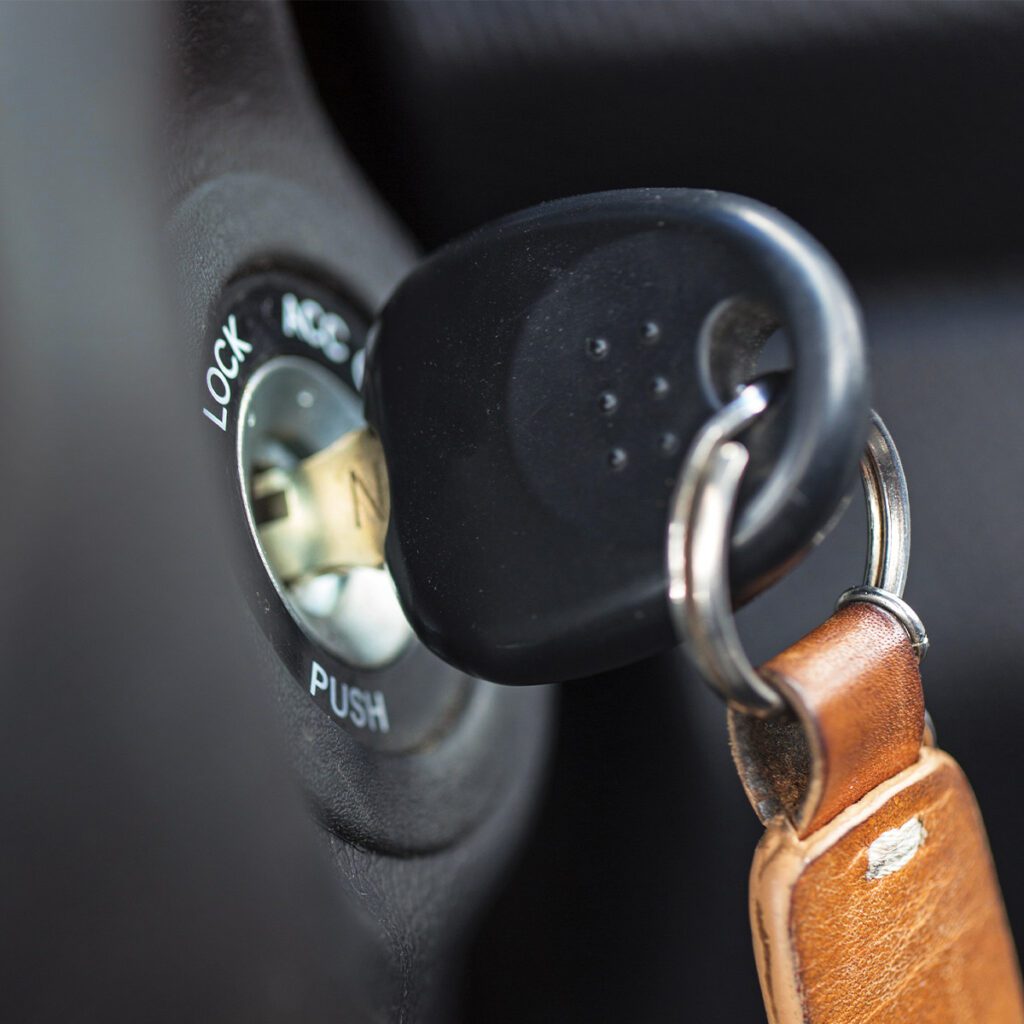Balancing Safety with Independence
It’s easy to understand why so many older adults are reluctant to cut back on driving. From the day we first get our license, driving represents independence — the ability to go where we want, when we want, without assistance. Yet with advancing years often comes physical conditions affecting driving ability and safety.
Concern over whether it’s safe for you or a loved one to continue driving can exacerbate anxiety and incite familial conflict. If you’re questioning whether it’s time to make a change or initiate a conversation, remember: these decisions need to be handled with care and thought. The decision to quit or cut back on driving shouldn’t be based on one number (like age) or circumstance (like a fender bender). Plenty of drivers are just as safe behind the wheel in their 80s as they were in their 30s. It’s all a matter of evaluating an individual’s health status.
Signs It’s Time to Make a Change
If you or your loved one suffers from limited mobility and/or age-related declines in vision, hearing, or cognition, it could be time to assess how these declines impact the ability to drive. “Left untreated, most age-related diseases impair a person’s ability to make quick decisions on the road,” says Alisha Landes, executive director of The Lantern at Morning Pointe Alzheimer’s Center of Excellence. “Considering that one in nine people over the age of 65 have Alzheimer’s disease, you can understand the concern.”
Additionally, if you or your loved one are on more than one medication, it’s important to assess whether any of these may contribute to confusion, drowsiness, blurred vision, or delayed reactions when behind the wheel. Researchers estimate eight out of 10 drivers age 65 and older take medications on a regular basis; however almost half have never spoken with their doctors about how the drugs might affect their driving.

Determining when it’s time for you or a loved one to stop, limit, or modify driving doesn’t have to be a confusing matter, but it’s a decision that deserves some thought. Consider first the obvious questions: Does the driver have frequent accidents, “close calls,” or traffic violations? Do any physical limitations affect their response time when braking or checking mirrors and surroundings? Do they have trouble reading road signs and following traffic signals? A ‘yes’ to any of these questions should lead to a serious consideration to retire from, or cut back on driving.
More subtle signals should also be recognized as reasons to reassess driving, such as: does the driver feel anxious while driving? Are they exhausted after driving? Do they have difficulty following directions? A ‘yes’ to any of these should either lead to giving up the keys or at least altering driving conditions. For example, the driver may opt to only drive with another person, in daylight, in good weather, in low traffic areas, and/or in locations they are familiar with.
Did You Know?
Involvement in fatal crashes, per mile traveled, begins increasing among drivers ages 70–74 and is highest among drivers ages 85 and older. This trend has been attributed more to an increased susceptibility to injury and medical complications among older drivers, rather than an increased risk of crash involvement.
Source: Centers for Disease Control and Prevention
Talking to You Loved One
When preparing to initiate a conversation about driving with an older adult, several factors should be carefully considered. Choose a time when the older adult is under little stress (for example over a good meal or a walk in the park) and find ways to express your concern without judgement. “Emphasize that it’s for that person’s safety, as well as the safety of those around them,” Landes says.
Keep in mind that the person chosen to conduct the conversation can play a significant role in the outcome. Many families choose the most outspoken or authoritative family member to bring it up; however, this often only leads to resentment. It’s important to choose a member who has always connected well with the older adult and has a history of productive conversations. “The discussion should always be with someone the person respects and trusts,” says Landes.
According to The Hartford/MIT AgeLab survey, older adults do have a specific preference on who they have these conversations with.

Spouses tend to hold the most positive influence, followed by doctors, and then adult children. If no one in the immediate family seems like an ideal option, ask if the driver would be open to seeing a professional for an evaluation. “Many families choose to take their loved one to the DMV (Department of Motor Vehicles) or the doctor to get a supporting opinion,” Landes says. “That way, the loved one doesn’t have to be the bad guy.”
Top Tip:
Avoid broaching the subject in a group. Multiple family members may be intimidating and the older adult may feel attacked, so keep it simple.
Help Beyond the Conversation
Often, it may not be necessary for the older driver to quit driving cold turkey. Again, the decision should be based on a variety of factors and these may allow driving in certain situations. Consider suggesting that your loved one only drive to familiar locations (if the issue is getting lost), only drive in daylight (if the issue is vision), and avoid high traffic areas (if the issue is reaction time).
According to Interventions That Can Empower Drivers by The American Occupational Therapy Association, Inc., another option could be to install adaptive equipment that can be used to make driving more reasonable for older adults. A few of these items include: low-effort steering, GPS technology, a back-up camera, extended mirrors, and a ribbon attached to the seatbelt — an adaption that allows the driver or passenger to pull the seatbelt across without twisting or reaching behind the shoulder.

If the family does feel it’s necessary for the older driver to quit driving altogether, they might also consider ways to contribute to their loved one’s transportation needs and ensure they can get out of the house daily. When it’s time to quit driving, the situation should be handled with compassion. It certainly doesn’t have to be a dreaded occasion; rather, it can be an opportunity for more family time and less stress on everyone including the driver.

Alisha Landes
Executive Director, The Lantern at Morning Director




